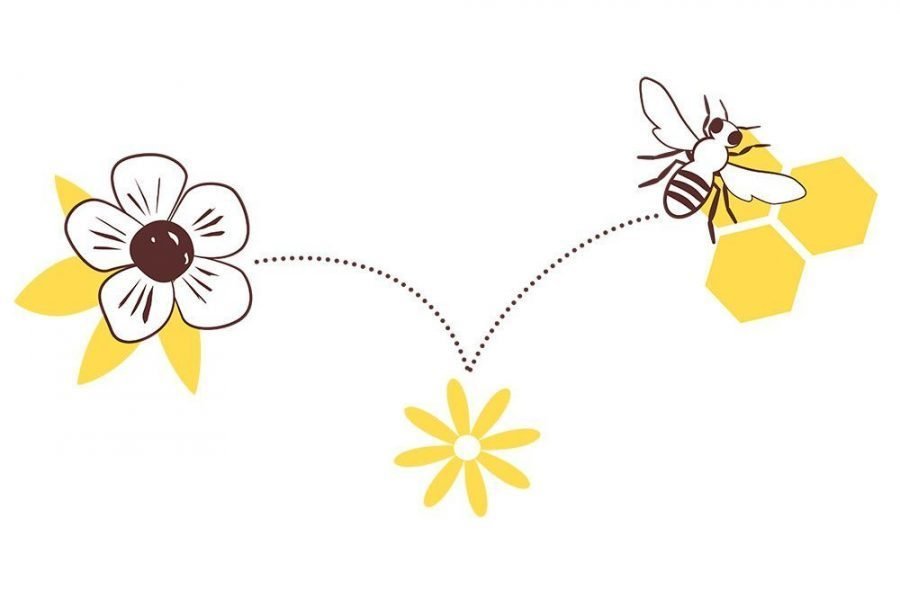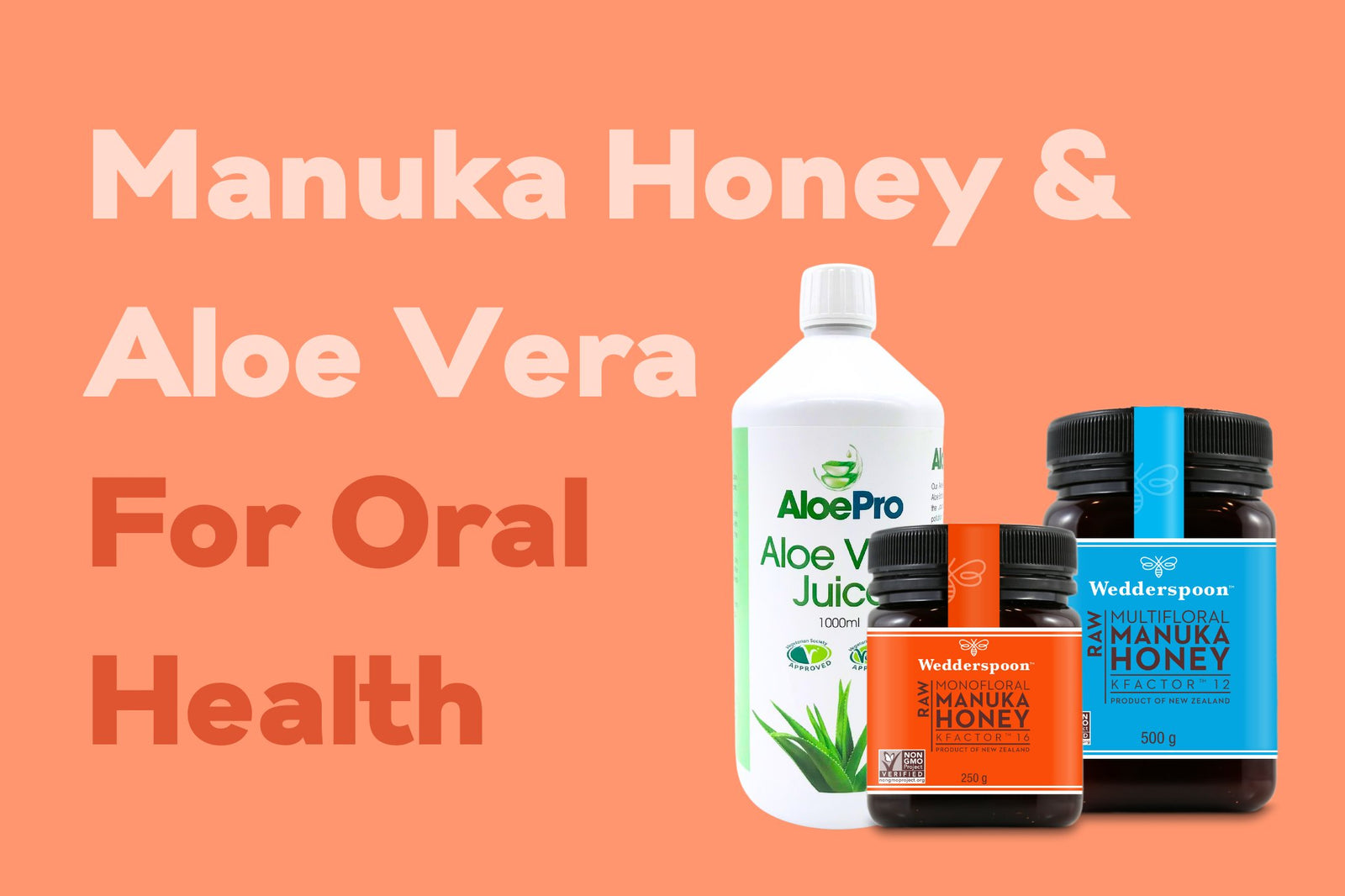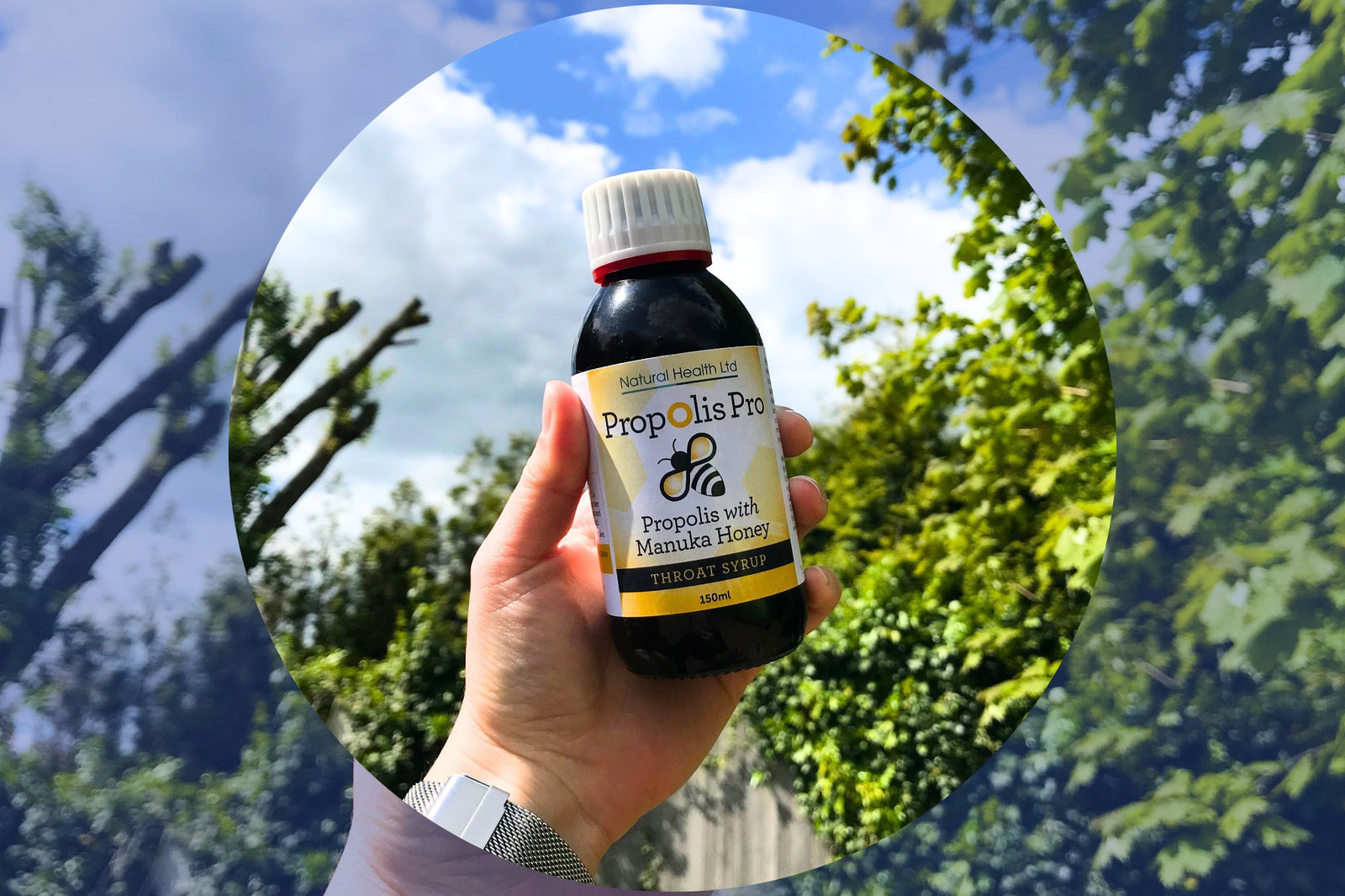Your Cart is Empty
Manuka Honey
is my manuka honey real - 7 Expert Tests to Try
January 23, 2023 3 min read

Manuka honey has been available for sale in the UK for nearly 20 years, and it’s popularity has gone from strength to strength. Lots of people, particularly those who are ill, are turning to natural remedies to help boost traditional prescription medication to help improve their wellbeing.
Over the years there have been so many scandals in the UK media around the authenticity of Manuka Honey, and how much of it is genuine. According to the Active Manuka Honey Association in New Zealand, more honey gets exported out of New Zealand than is produced every year, and this has been part of the problem.
Up until now, there have been multiple private rating systems, none of which have been regulated by the New Zealand government, although one, KFactor, was approved by the MPI. The rating systems – UMF, MGO and KFactor – all tested for different elements within the Manuka Honey, but none of them tested for the same elements, so you could never easily compare one rating system with the other. This lack of consistency has always been frustrating with consumers as they never knew what they were getting. Ironically enough, the only rating system that ever checked the DNA of the honey, was the KFactor rating system by checking the concentration of Manuka pollen within the manuka honey. After all, if you don’t have manuka pollen in your manuka honey, how can you tell you have manuka honey?
Manuka Honey retailers have been calling out for years to industry leaders, to get one testing standard that would be applicable to all Manuka Honey, that Manuka Honey producers would need to abide by.
The Ministry of Primary Industries – a part of the New Zealand government that looks after all food and drink regulations – determined that Manuka’s reputation and in fact New Zealand’s reputation as a country was being damaged by a few organisations that weren’t being honest. Thankfully following 3 years’ worth of scientific research, a new manuka honey definition was introduced that identifies the unique properties of Manuka Honey which include a DNA test! The new legislation was introduced in February 2018 by the New Zealand government and now, only producers that have honey pass the new Manuka5 test by a certified New Zealand laboratory, can say they have produced genuine Manuka Honey.
The good news is, that ALL Manuka Honey since February 2018 has had to pass the Manuka Scientific definition, more commonly known as the Manuka5 certification that outlines 5 key indicators including a DNA check that was only included in the KFactor rating previously to this. No Manuka Honey can be exported out of New Zealand without this certification – the MPI just won’t issue an export license without it!
The new legislation has been widely welcomed by discerning consumers who just want to know that their Manuka Honey is genuine, and now that the industry is regulated, they can be assured that it is.
So, how do you tell if your Manuka Honey is genuine?
Check the label - one of the biggest changes you’ll notice on your Manuka Honey label, is, that it should have either MONOFLORAL or MULTIFLORAL words on the label irrespective of if it has UMF, MGO or KFactor testing method too. This is part of the legal requirement from the new Manuka5 definition.
There are still some Manuka Honey’s that were produced before the new regulations were introduced that are still available for sale, which are still legal and allowed to be sold through that stock. But, if you want to check your Manuka Honey is genuine always make sure you have the words MULTIFLORAL or MONOFLORAL on the label – it’s as simple as that!!
If you want to read more about the Manuka Honey scientific definition, check out the information on their website by following this link: https://www.mpi.govt.nz/growing-and-harvesting/honey-and-bees/manuka-honey/
Also in Blog
Subscribe
Sign up to get the latest on sales, new releases and more …
×
Editor
Show/Highlight replaces
Show 0 replacement(s)
Replacements











